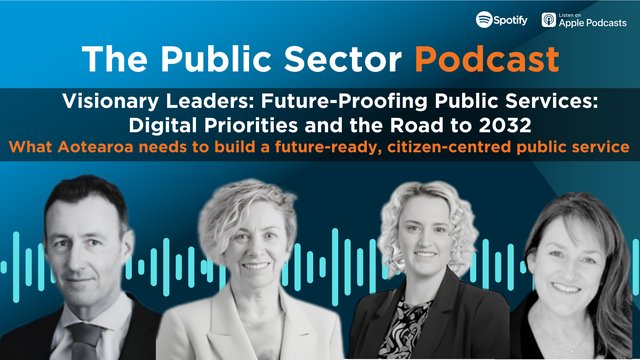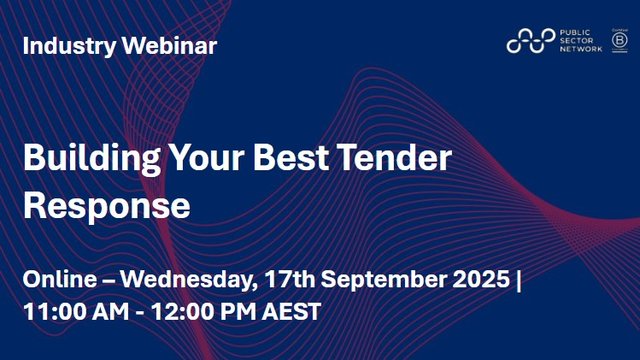Supporting mental health, wellness, and resilience through holistic workplace strategies

Abbey Kinnane,
Health, Safety & Wellbeing Lead,
Victorian Building Authority

Leonie Graham,
Director, People Support,
IP Australia

Matt Meffan,
Enterprise Account Director,
Unmind

Leanne Perryman,
Manager, People & Culture,
Surf Coast Shire Victoria
Panel Discussion highlights exploring strategies on cementing a strong workplace culture to enable employee wellness
The importance of looking after employee’s mental health
The wellbeing of employees, and particularly their mental health, has been put into the spotlight since the beginning of the pandemic. In fact, since many offices closed and remote work became the norm for some, it has become such a big issue that governments at all levels are investing millions of dollars to ensure that employees are looked after, whilst effects of lockdowns and workplace restrictions might take years to be fully realised.
With that in mind, Leanne Perryman, the Manager of People & Culture at the Surf Coast Shire, a council serving a population of a little over 30,000 centred around Torquay in Victoria, says that they actually started their “wellbeing journey well before COVID struck, which worked to our advantage.” From the outset, they focussed on mental health, but once the pandemic began, that became an even greater emphasis of their activities, with various strategies and performance measures.
To some extent the wellbeing of an organisation is about the culture of that organisation. On that note, Abbey Kinnane, the Health, Safety & Wellbeing Lead at the Victorian Building Authority (VBA), which is the Victorian regulator for building and plumbing practitioners, says that as the lead in this field, she has “the opportunity to lift the wellness maturity of the organisation by investing in, and implementing some really amazing initiatives. This is going to help shape the future of the health and safety of the VBA.” In an organisation like the VBA, which deals with a lot of men who don’t often show their feelings, this includes “developing a strategic plan for what health, safety and wellbeing look like.” This also means “having really solid foundations for diversity and inclusion.” These foundations come from employee feedback and frameworks, and “making sure everyone is included as part of that.”
Leonie Graham, the Director of People Support at IP Australia, a federal government agency that deals with intellectual property, trademarks and patents, says that they have very specific challenges. They have “about 1,200 employees” and due to the “fairly distinct” nature of their work, much of their workforce is “quite highly educated, usually at a PhD level.” In general, this means that many of them are “not particularly extroverted in their working style. They are quite happy sitting behind a computer and not talking to people for an entire day.” Though this might be useful in terms of what they do, it presents its own set of challenges for wellbeing, and therefore “we have to make sure that we’re designing our strategies for what will work for our workforce, for what they will they find valuable.” What this shows is that wellbeing often has to be bespoke, and what works for one may not work for another. That’s why they “work with individuals on an informal basis,” rather than as a group in a structured way. They can therefore “adjust what the expectations are to make sure that we’re providing an inclusive culture for all.”
Matt Meffan, the Enterprise Account Director at Unmind, a leading workplace mental health platform, says that while customisation is important, group training, especially for managers around education, is equally important. “We see a huge opportunity in helping people to understand the different conditions that might exist in their teams and in their business.” Their goal is to help people thrive.

“We’re focusing a lot of our efforts on training and certification for managers so that they have the awareness and the confidence to have the appropriate conversations with their employees. That makes a really big difference.”
The focus is largely on managers – though available for all – because “a Deloitte survey found that 97% of CEOs have the mental health of their employees as a top strategic priority.” These days the training is available online. “We make it convenient, on demand and available wherever and however our trainees like.” Not only do those who complete the training receive a certificate, but they also have access to “a footer for their email signature, which helps to show that the managers have been through the training just like their employees.” On top of that, they create “periodic questionnaires” to measure their success “because we know that what gets measured gets managed. With data we can benchmark and understand if and how things are improving.”
Investing in the conversations
When it comes to mental health, there is no distinction between senior and junior staff. It affects everyone. As such, Leanne Perryman says that a lot of their focus has been on “reducing the stigma of mental health in our workplace.” One of the activities that has worked well was getting people to tell their own stories. Others listened and also shared their stories or sought help. One of the things that triggered this was ‘R U OK Day’, but we now have regular “mental health check-ins. When teams get together, they talk mental health, not just once a year.”

“We very much recognise that wellbeing is a personal responsibility, but as an organisation we also recognise that leaders have a role in creating an environment that enables healthy wellbeing.”
Leonie Graham says that for them, ‘R U OK Day’ also sparked “ a theme of keeping the conversation going. It wasn’t just a one-off training session or a Band-Aid solution.” It was about a continuous approach to supporting people in whatever way was necessary for them. As such, it was also very much “a two-way conversation.”

“It is important to help your leaders understand that the value you’re going to get and provide by having mental health training and programs, is going to greatly outweigh any time or investment commitments. This is true for the people establishing them and especially for the people participating in them.”
The true value is in keeping the conversations going. At IP Australia for instance, “81% of survey respondents agree that we’re doing a good job in communicating our health and wellbeing initiatives.” This is “significantly greater than the APS (Australian Public Service) average.” Wellbeing on a group and individual level is important and “the investment is always justified.” Moreover, “building trust within the organisation and having a champion” has really worked for them. They are talking and having conversations, but are also “delivering genuine programs trusted by our employees.”
Leanne Perryman says that they too justified their investment and “implemented some technology tools that all of our staff have access to.” The training is to deal with the effects of mental health, but also to assist in preventing it. “We want to make sure that wellbeing is part of our leadership and training DNA,” and because they started some of this before COVID-19, “we were well positioned when the pandemic struck, but we also implemented extra wellbeing breaks to make people feel better at work.” At their workplace, wellbeing is now becoming part of the DNA, but that is only because “we have buy-in from the top and a genuine intention to improve people’s workplace settings and create a climate that supports their wellbeing.” If the support from all levels is not present, it will be hard to be successful. “It’s not just a nice, warm and fuzzy thing that we want everyone to feel. We want people to perform at their best, and to do that, they need to be well and they need to be supported.”
Abbey Kinnane says that when it comes to wellbeing, “it’s really important that we show authenticity when we’re developing programs or activities.” In many ways, wellbeing in the workplace is about “creating a sense of connection and purpose, and doing it with passion.”
“For me, wellbeing in the workplace is essentially about creating a safe environment for yourself and your staff, being able to be vulnerable, and having authenticity in everything that you do.”
Abbey Kinnane,
Health, Safety & Wellbeing Lead,
Victorian Building Authority



































